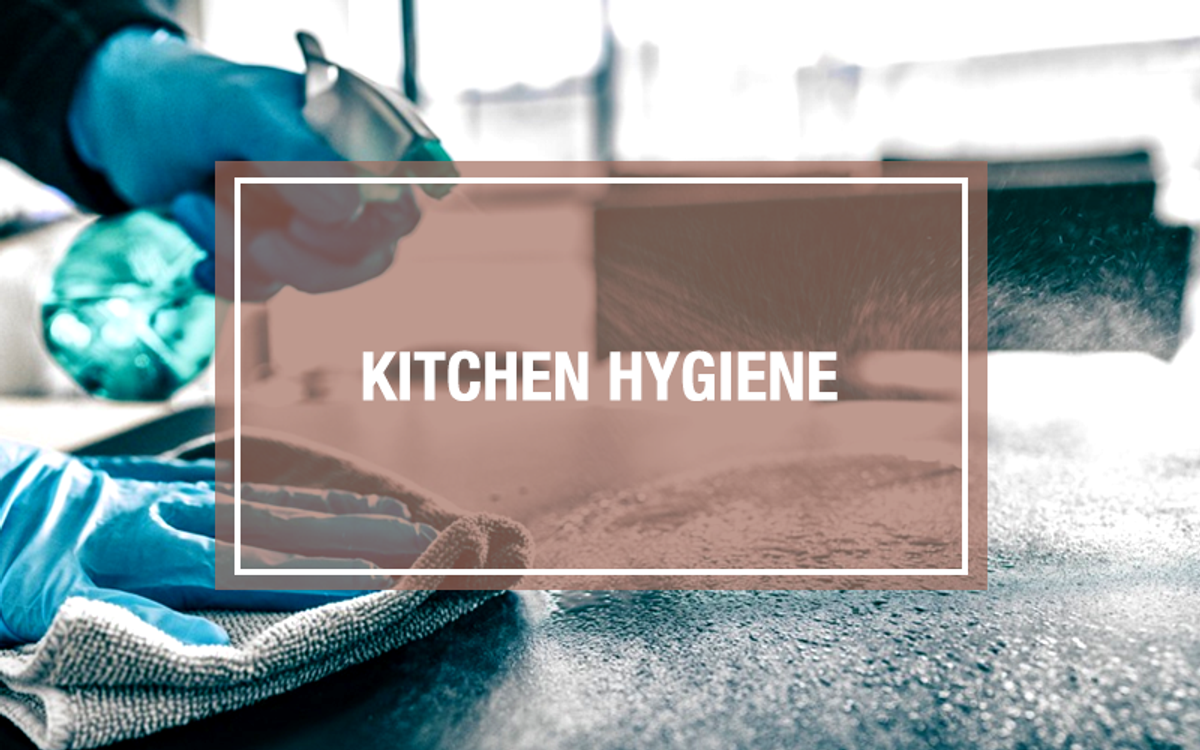
It’s Time To KILL
Germs and Bacteria in your kitchen
Top 5 things you should know.
Did you know that most food-borne illness outbreaks occur in the home and it’s almost impossible to tell where the bacteria may live with the naked eye? Sure, you can always clean what is visibly “dirty” but usually, a cleaned surface or item may be deceptively contaminated with bacteria and germs.
Here are some top kitchen items that are commonly cross-contaminated during the preparation of a meal or during meals.
KITCHEN SINK
This is the number one source of germs and bacteria accumulated over time. All sorts of utensils and cookwares are rinsed and washed here, not to mention our hands too.
Make sure you do a thorough cleaning at the end of the night after dinner is done, every night, with detergent containing bleach. And that’s just half the story, to complete the cycle, ensure you do the same the next morning before commencing breakfast preparation.
GADGETS AND KITCHEN UTENSILS
No, we’re not referring to your smartphone, although, you should consider cleaning the screen and not handle the phone during dinner.
Can and bottle openers, will always end up with residual juices or oils from opened products. If these are not cleaned properly, can cross contaminate other food items when used in the future. For hygienic reasons, make sure you clean it properly with disinfectant.
Another contaminant-harbouring “gadget” is the chopping board. Preferably, you should have at least two separate boards, one for raw foods like meat or seafood, and another for “green” foods like fruits and vegetables. Again, to ensure cleanliness, you should clean it BEFORE and after use, preferable with disinfectant after you’re done, and a good soapy rinse before the next use.
TABLE AND COUNTER TOPS
You may have given all top surfaces a thorough clean before you go to bed, but this is the time creepy crawlies start exploring your kitchen. Lizards and - worse - cockroaches come out of sink holes, toilet pipes and start searching for “food”. And the worst part is, they’re not exactly cleaning their feet before stepping up to table and counter tops.
Also, common bacteria found on kitchen surfaces, like E.coli and salmonella, which can survive for hours or even days on surfaces, may be present and is invisible to the naked eye. So make sure you clean and disinfect all surfaces before every meal.
CLOTH TOWEL
We often have many cloth towels laying around. Each for a specific function. At the very least, one is used to wiped every surfaces, another for all kitchenwares. Cloth towels are one of the most frequently contaminated articles in the kitchen and a source of cross contamination.
Picture this: You used a towel to wipe spilled milk off the table, washed your hands, and then wiped your clean hands with this exact towel? Sounds familiar?
To minimise cross contamination, make sure you have readily available paper towel on standby. Always separate the two article - Cloth towels for surfaces and kitchenware, paper towels for hands.
Cloth towels should be replaced every few days, especially when they’ve been used to wipe spills involving raw meat, and definitely when they develop a smell.
SINK FAUCET, REFRIGERATOR and OTHER HANDLE
So, how often do you clean, let alone disinfect, your sink faucet, refrigerator or oven handle? This is important especially when you have kids at home. They may have washed their hands before every meals, but not when they just wanted to grab a can of ice cold soda drink.
These are areas where bacteria and germs are transferred, from a pair of innocent children’s dirty palm opening the fridge door to your recently cleaned pair of hands. So make sure you clean these areas too whenever possible.
BONUS TIP
Here’s a fun tip. Despite exercising caution and hygienic practices, cleaning every surfaces and utensils, the last thing we want is to contaminate the cooked food with our “dirty” hands.
Fun Fact: Did you know, that the human hands are the parts of the human body that are in most contact with the outside world, hence, harbouring the most contaminants and germs?
The easiest way to prevent the spread of harmful bacteria in your kitchen is to wash your hands (don’t forget your nails and the back of your hand) with soap and hot water. Wash them before you begin to cook, change food types and most importantly, before you eat, even though you’re most likely to dine with utensils.
CONCLUSION
So, these are just some tips and suggestions to help you reduce your chances of spreading germs and bacteria and cross-contaminating the foods. Do take extra care and be vigilant when it comes to kitchen cleanliness.





